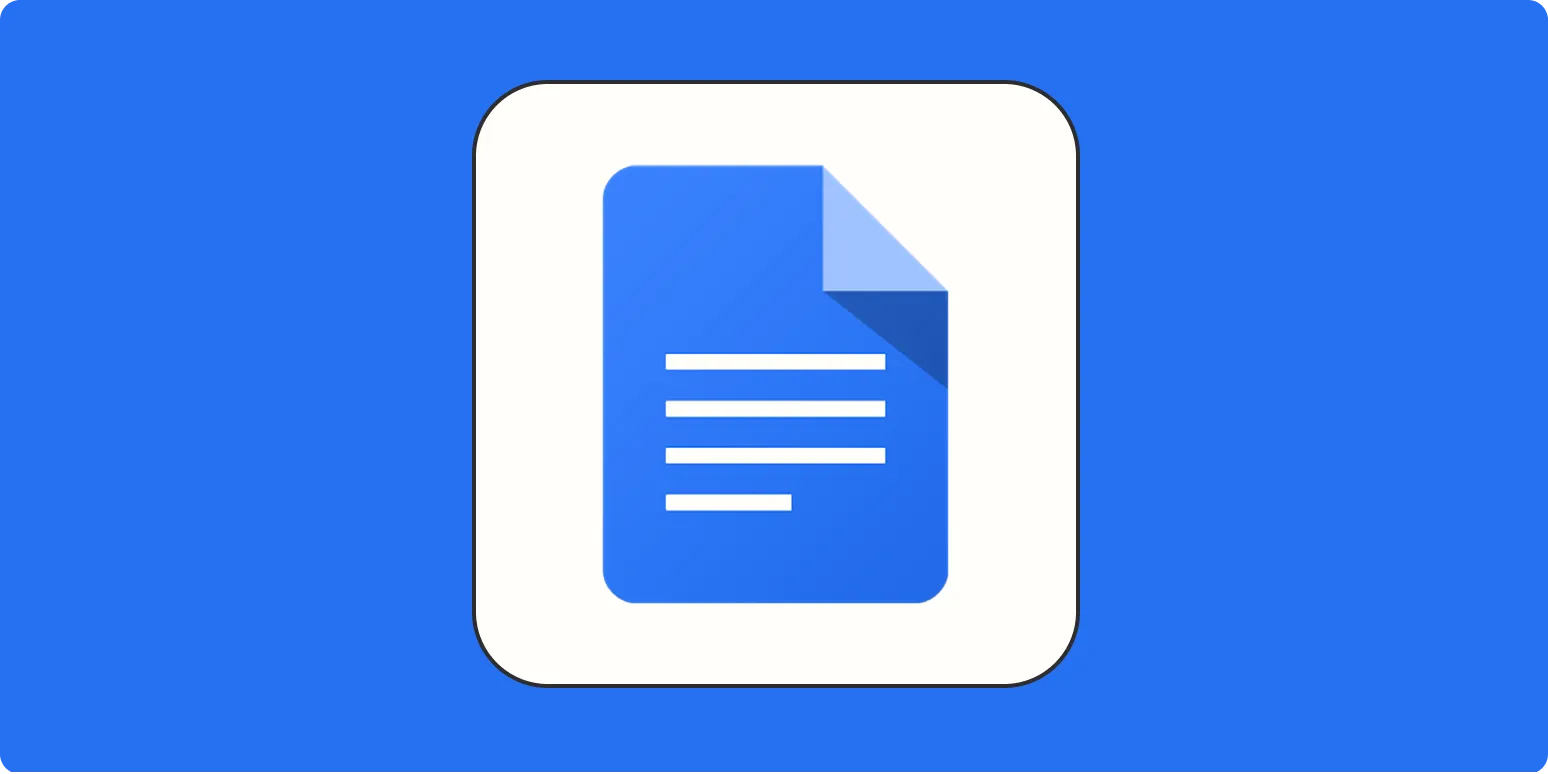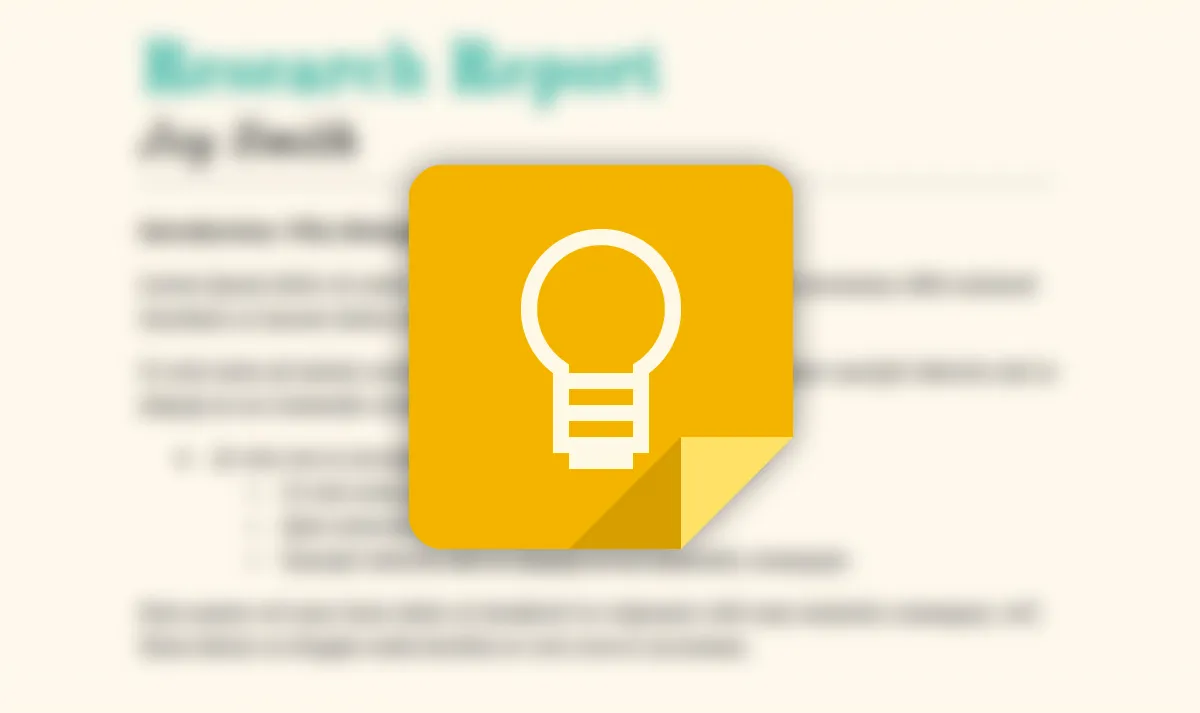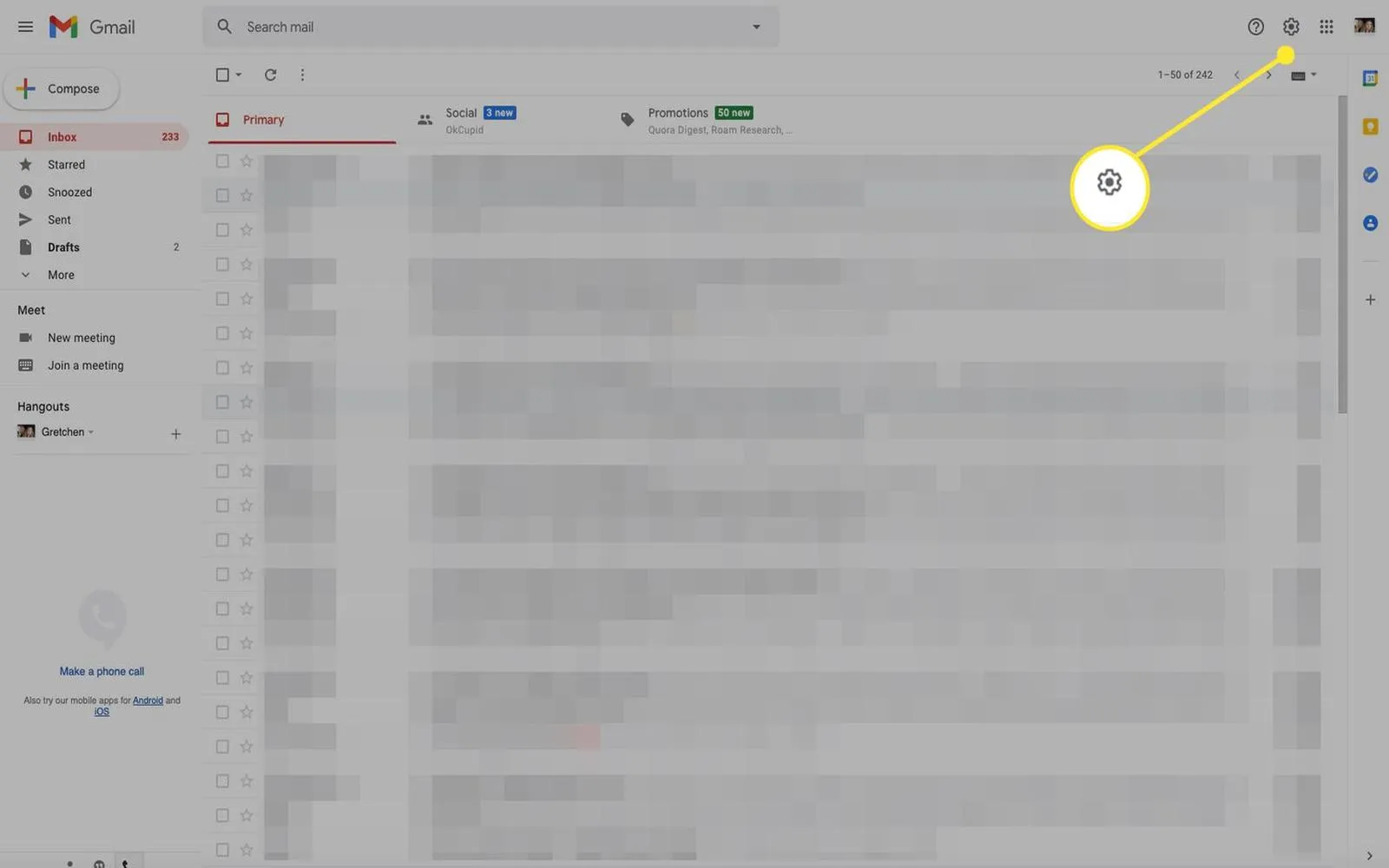Google Docs is a powerful tool for creating and editing documents online. One of its useful features is the ability to adjust how your content is displayed, including the option to remove page breaks. This can be particularly beneficial when you want a more fluid layout for your document. In this article, we will explore how to use the ''pageless view'' in Google Docs to eliminate page breaks and enhance your document's readability.
Understanding Pageless View in Google Docs
The ''pageless view'' in Google Docs allows you to view and edit your document without the constraints of traditional page breaks. This feature is especially useful for those working on long documents like reports or research papers, where continuous scrolling can make editing and formatting easier. With ''pageless view'', content flows seamlessly, allowing for a better visual experience.
How to Enable Pageless View
To remove page breaks in Google Docs using ''pageless view'', follow these simple steps:
- Open your Google Docs document.
- Click on "File" in the top menu.
- Navigate to "Page setup."
- In the Page setup menu, look for the option labeled "Pageless" and select it.
- Click on "OK" to apply the changes.
Once you enable ''pageless view'', your document will no longer display page breaks, allowing for a continuous flow of text and images.
Benefits of Using Pageless View
Switching to ''pageless view'' offers several advantages:
- Improved Readability: Without page breaks, large blocks of text are easier to read and navigate.
- Easier Collaboration: When working with a team, ''pageless view'' allows for seamless comments and edits without the distraction of page limits.
- Better Formatting Control: You can easily manipulate the layout of your document, making it simpler to arrange tables, images, and other elements.
Adjusting Margins and Layout in Pageless View
In ''pageless view'', you still have control over margins and layout. You can adjust these settings to fit your needs:
- Go to "File" and select "Page setup."
- Adjust the margin sizes as needed. This will apply to the entire document regardless of the pageless format.
- Click "OK" to save your settings.
By managing your margins, you can create a more professional appearance for your document while still enjoying the benefits of ''pageless view''.
Using Tables in Pageless View
Incorporating tables into your document can enhance the presentation of data. Here’s how to effectively use tables in ''pageless view'':
| Step | Action |
|---|---|
| 1 | Click on "Insert" in the top menu. |
| 2 | Select "Table" and choose the desired dimensions. |
| 3 | Fill in your data and format the table as needed. |
Tables in ''pageless view'' allow for a clear presentation of complex information without the interruptions caused by page breaks. This is particularly useful for data-heavy documents.
Tips for Optimizing Your Document in Pageless View
To make the most of ''pageless view'', consider the following tips:
- Use Headings: Apply heading styles to organize your content. This makes it easier for readers to navigate through long documents.
- Insert Page Numbers: Even in ''pageless view'', you can add page numbers in the footer for reference.
- Utilize Hyperlinks: Create internal links within the document to improve navigation and accessibility.
Conclusion
Removing page breaks in Google Docs using ''pageless view'' is a straightforward process that can significantly improve your document's readability and presentation. By enabling this feature, you can focus on your content without the distraction of page limitations. Whether you are collaborating with others or working solo, ''pageless view'' provides a flexible format that adapts to your needs. Remember to make use of tables and effective formatting strategies to create a polished final product. Happy editing!





